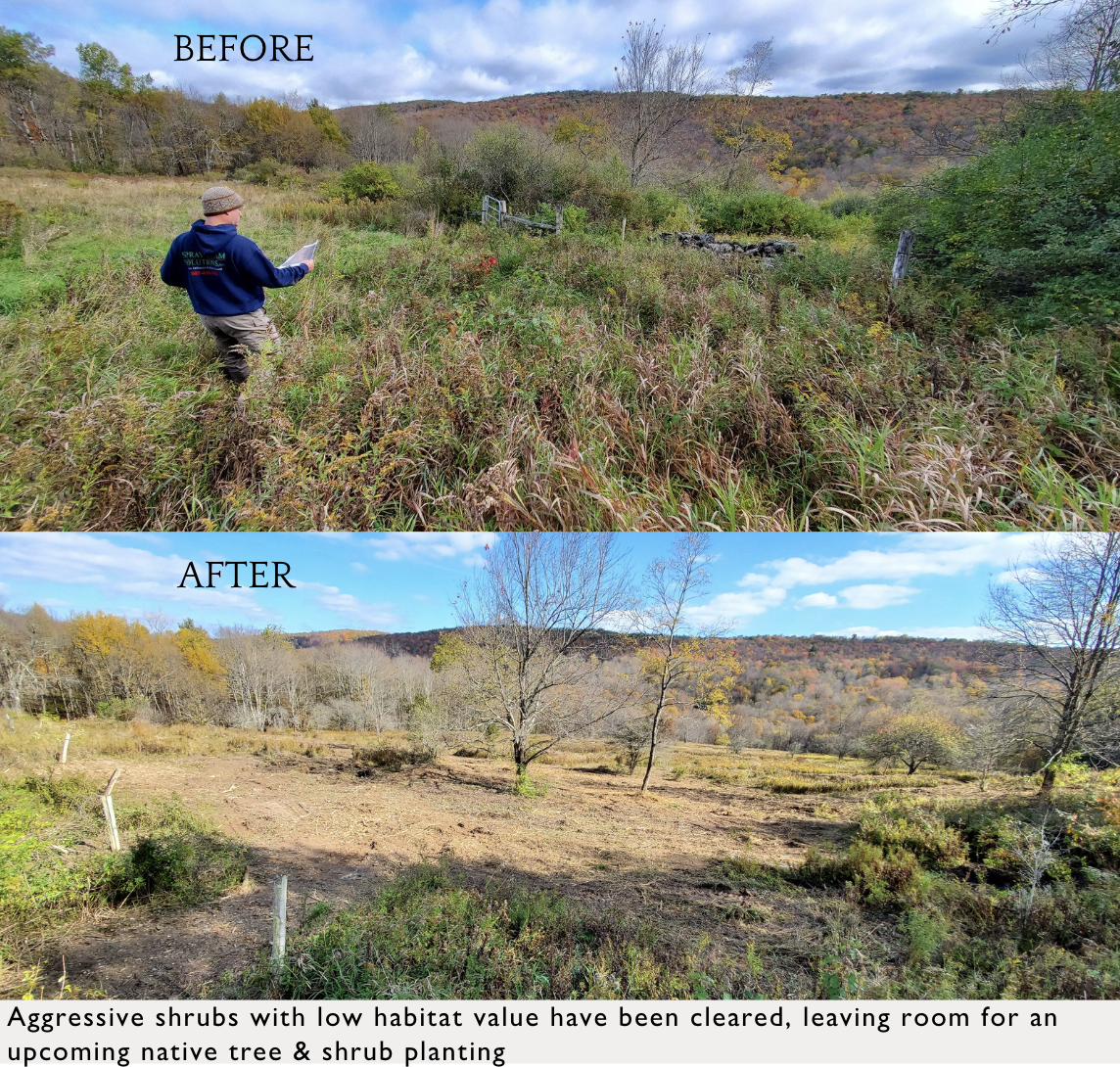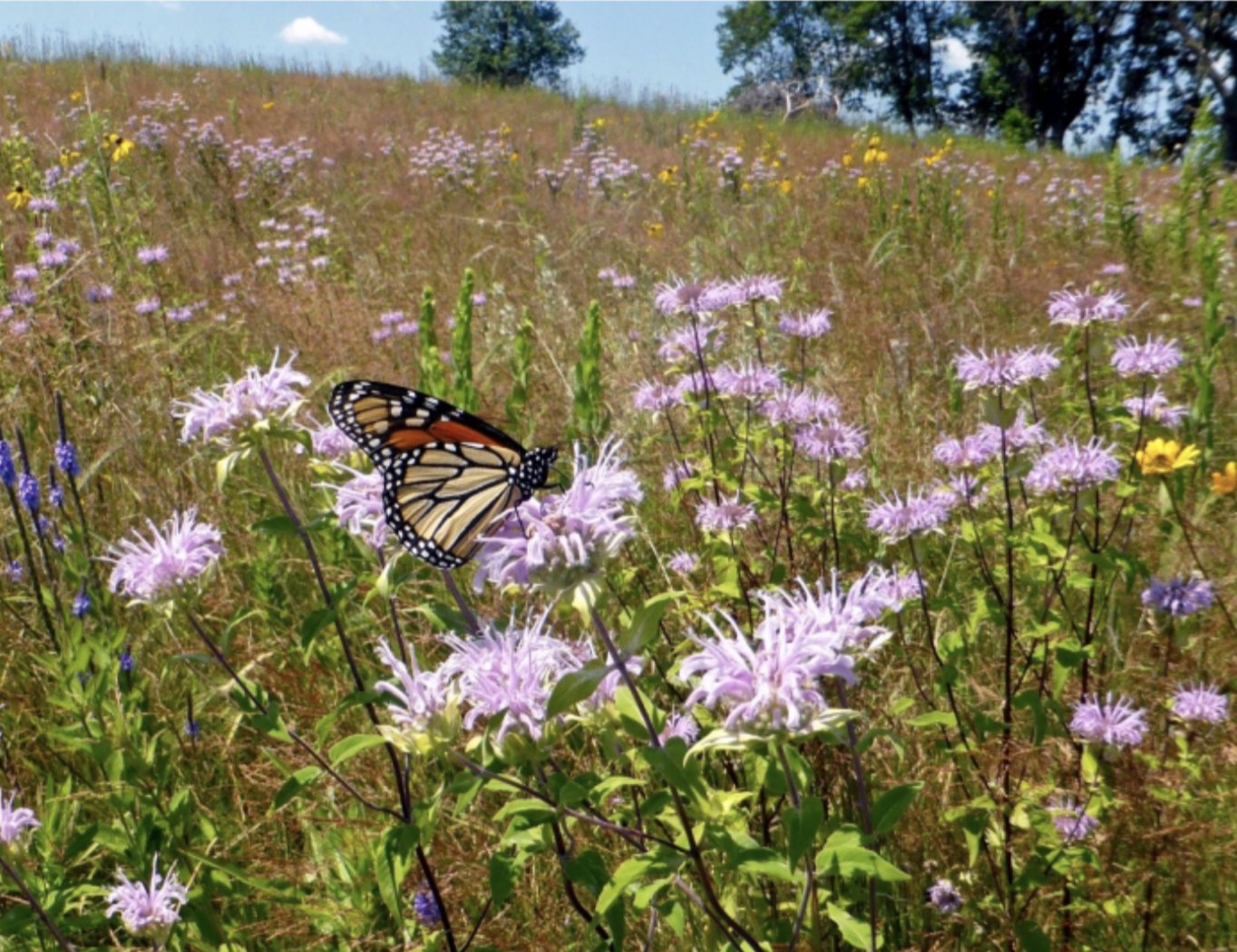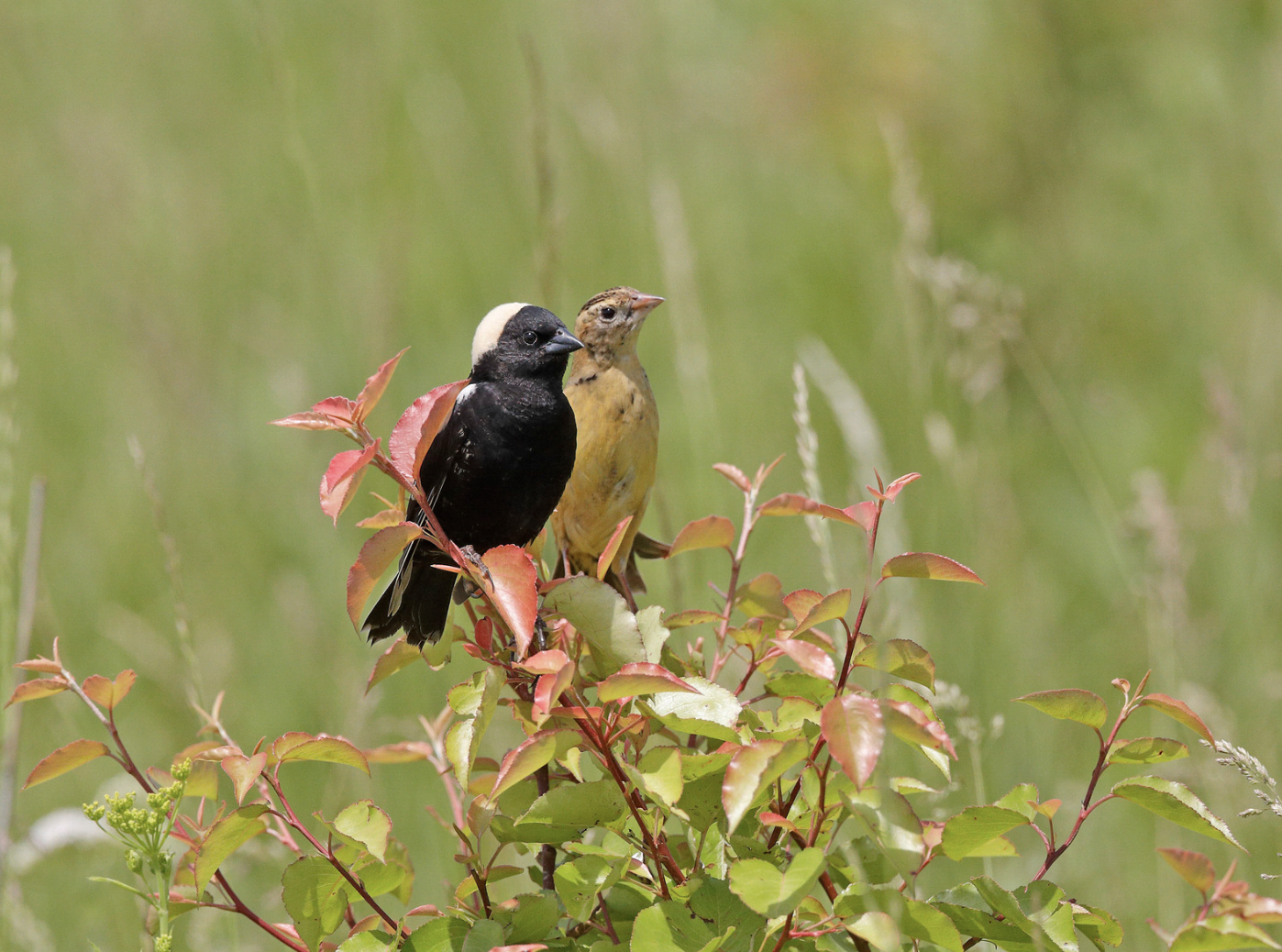
Stream-side tree planting
We have partnered with the Delaware Country Soil and Water Conservation District (DCSWD)’s “Catskills Stream Buffer Initiative” to prepare for a major native tree planting project on our lower property.
DCSWD works toward protecting water quality in Delaware Country, NY, which is part of the largest unfiltered water supply in the United States. One key component to stream health is adequate tree and shrub establishment on the edges of the waterway. Stream-side plants reduce pollution by slowing and filtering storm-water runoff, resulting in higher quality water. Vegetated buffers also mitigate flooding and erosion by stabilizing stream banks.
With the help of DCSWD, we have prepared 30 acres along a stream for a tree and shrub planting. Many aggressive non-native shrubs were dismantled and mulched in place, leaving space for native plants of higher wildlife value. We anticipate a spring planting of over 2000 trees and shrubs: elderberries, hazelnuts, blueberries, birches, oaks, hemlocks, and more. While this enhances the health of our waterways, it also provides greater diversity, nutrition, and habitat for wildlife – creating a healthy, resilient ecosystem.




